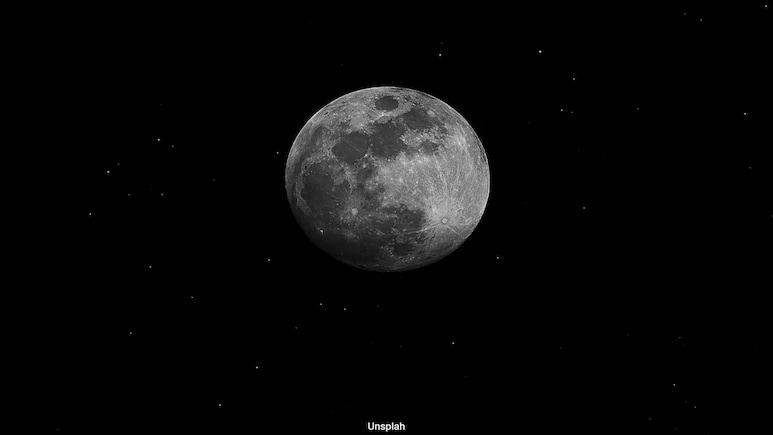
The Moon may be hiding vast amounts of valuable minerals, including platinum, according to a new scientific study. Researchers believe that many of the Moon's thousands of impact craters could contain platinum-group metals such as platinum, palladium, and rhodium. These metals are thought to have come from asteroids that struck the lunar surface over billions of years.
The study estimates that up to 6,500 lunar craters may hold these precious materials. In addition, around 3,400 craters may also contain water locked in hydrated minerals, which could be essential for future lunar exploration missions.
"These values are one to two orders of magnitude larger than the number of ore-bearing near-Earth asteroids estimated by Elvis (2014)," writes a team led by independent astronomer Jayanth Chennamangalam, "implying that it may be more advantageous, and hence more profitable, to mine asteroids that have impacted the Moon rather than the ones that are in orbit."
The findings suggest that the Moon could be an important destination for future resource mining, possibly reducing the need for long-distance asteroid missions.
Space mining offers promising benefits as Earth's resources are limited and terrestrial mining causes pollution and habitat damage.
The Moon, being more accessible than asteroids, may hold valuable resources like water and platinum-group metals, which are rare but essential for industrial and medical use.
Researchers surveyed lunar impact craters, theorizing that asteroid collisions may have left behind traces of precious metals and hydrated minerals.
Unlike asteroids, the Moon's stable orbit and predictable location make it easier to reach.
Though asteroid impacts can vaporize material, evidence shows that some remnants survive and collect in crater centers.
Based on crater analysis, thousands may contain these valuable materials, making the Moon a practical and strategic target for future space mining efforts.

